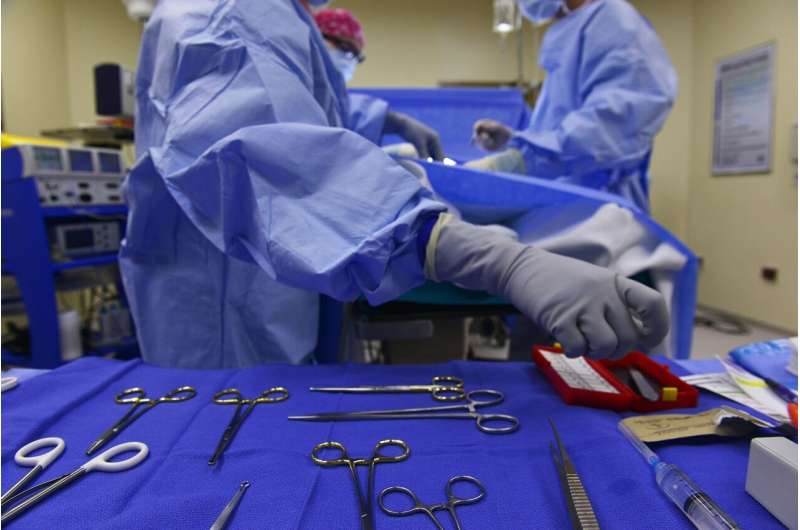Rising Incidence of Stroke in Young Adults: Insights from a Stroke Specialist

Many people associate stroke primarily with older adults, but evidence shows that strokes in young adults aged 18 to 55 are becoming increasingly common. While stroke risk naturally increases with age, recent data indicates a worrying trend: the number of strokes among younger populations has been rising over the past few decades.
At Tufts Medical Center's Stroke and Young Adults Program (SAYA), vascular neurologist and associate professor Lester Y. Leung emphasizes that stroke in young people is more prevalent than commonly believed. "Stroke in young individuals is actually not that rare, yet they often remain invisible in the broader medical landscape," he explains.
Globally, strokes in younger adults account for about 10% of new cases annually. In the United States, the incidence has surged, with stroke rates increasing by approximately 64% between 1993 and 2015. Additionally, studies have reported a 38% rise in hemorrhagic strokes, which are a significant subtype, among those aged 18 to 44 between 2004 and 2018. Unlike older populations, young stroke survivors are unlikely to face immediate fatality; instead, they often grapple with long-term disabilities, making early recognition and treatment crucial.
The reasons behind this upward trend are still under investigation. Generally, it points to inadequate management of traditional stroke risk factors such as cardiovascular disease, high blood pressure, and diabetes. However, factors more specific to young adults—including oral contraceptive use, pregnancy, migraines, and recreational drug use—also contribute to their risk.
Young stroke patients often experience less severe physical impairments initially, which can lead to underestimation of the seriousness of their condition. Nevertheless, they face unique health challenges post-stroke, including a higher likelihood of developing seizures within five years, along with issues like fatigue, depression, anxiety, and chronic pain.
Furthermore, recoveries can be complicated by the fact that many young adults are in their prime life stages—building careers, raising children, or pursuing athletic goals. These circumstances can make rehabilitation more complex and frustrating, especially when accommodations in workplaces or educational institutions are lacking.
Leung highlights that tailored, ongoing care is vital. At SAYA, he emphasizes personalized treatment plans focused on individual ambitions and long-term recovery goals. Recognizing that younger individuals require more extended support, the program provides frequent follow-ups beyond the typical scope of stroke management.
Ultimately, understanding that stroke can and does affect young adults underscores the need for increased awareness, proactive management of risk factors, and targeted rehabilitation efforts to improve outcomes for this emerging patient population.
Stay Updated with Mia's Feed
Get the latest health & wellness insights delivered straight to your inbox.
Related Articles
New Insights into How Placebo Effects Differ Across Body Regions
New research uncovers how placebo-induced pain relief is organized in the brainstem, varying by body region, opening doors for targeted pain treatments beyond opioids.
Collaboration of Experts and Patients to Enhance Informed Consent in Surgery
A groundbreaking collaboration between experts and patients introduces a comprehensive guide to improve informed consent procedures in innovative and high-risk surgeries worldwide.
Understanding Weight Loss Options: GLP-1 Medications Versus Surgery
Explore the differences between GLP-1 medications and bariatric surgery for effective obesity management, including indications, procedures, and future prospects.
Potential Rise in Antibiotic Resistance from Mass Drug Treatments
Research warns that mass antibiotic treatments aimed at reducing child mortality may inadvertently promote the rise and spread of resistant bacterial strains, posing long-term health risks. Ongoing genomic surveillance is crucial.



